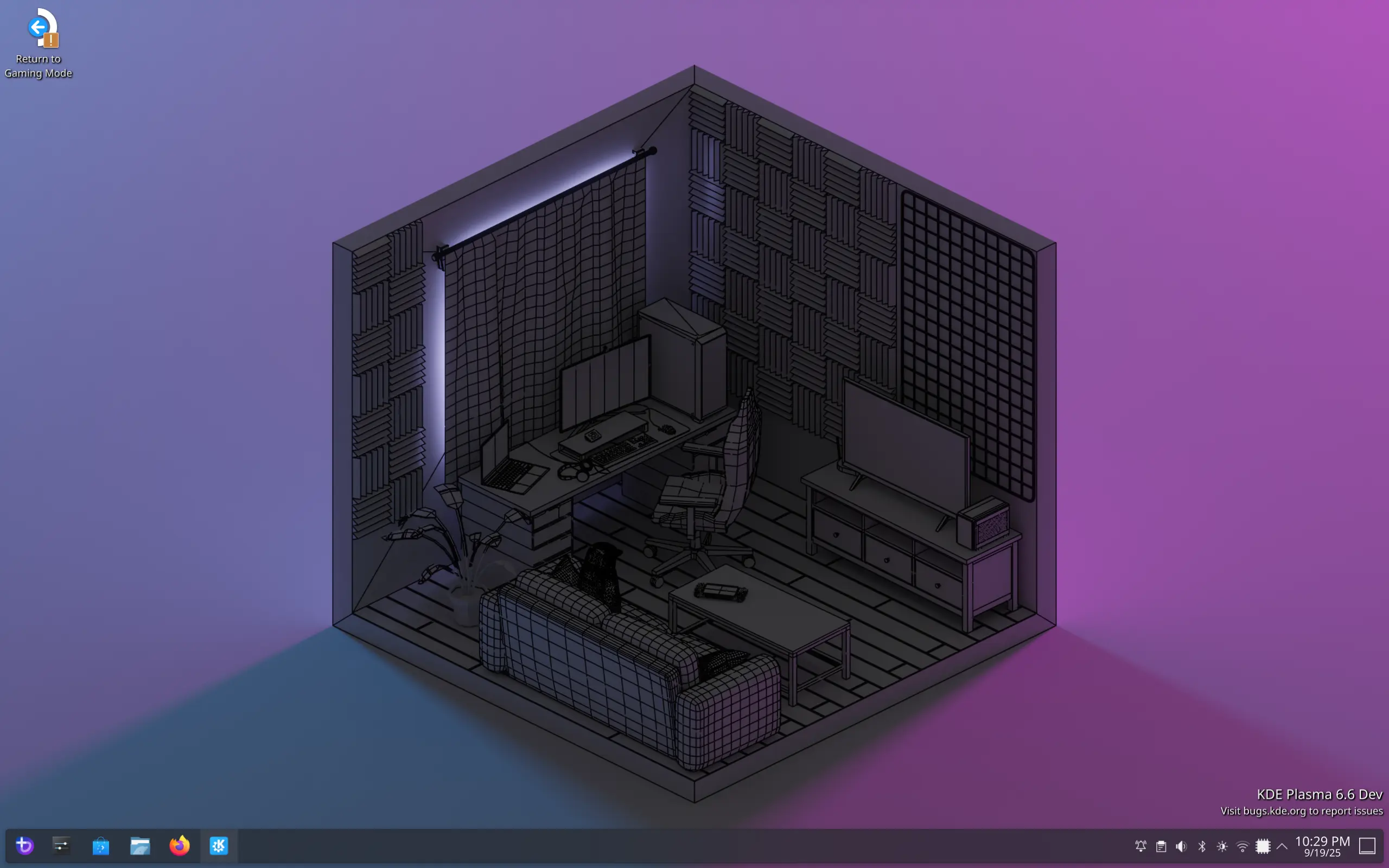Bazzite, a gaming-focused Linux operating system, has garnered a reputation for being a good choice for playing video games but too restrictive for actual development work due to its read-only /usr partition and its weird package management quirks.
Often, people get tripped up by attempting to install certain toolchains for development work, realizing that installing packages on top of the bootable container image requires a reboot, and eventually conclude that this friction is an indication that the operating system is not suitable for serious software development.
Here, I will argue that the restrictions imposed by its so-called “immutable” nature are in actuality useful safeguards that help isolate your day-to-day desktop activities from your development work. By providing a strong emphasis on containerization, you are free to install, explore, develop and destroy to your heart’s content within the confines of a sandboxed environment without care. You can hack away without the sneaking worry that by somehow upgrading the system’s clang++ to a version required for your development work, you will inadvertently break the ABI of some shared-library that your web browser depended on, and now you cannot navigate to double-u double-u double-u dot reddit dot com to doomscroll for hours on end.
But aren’t containers heavily sandboxed? What if I want to develop a core component of the system, such as the desktop environment itself?
This post is written in praise of a tool that makes such an endeavor possible: Distrobox.
The magic that makes containerization a viable strategy for KDE development is Distrobox. In their own words:
Distrobox uses podman, docker or lilipod to create containers using the Linux distribution of your choice. The created container will be tightly integrated with the host, allowing sharing of the $HOME directory of the user, external storage, external USB devices and graphical apps (X11/Wayland), and audio.
Bazzite is based on Fedora, so we plan to create a Fedora distrobox. In the container, we will install all of our development tools and then build KDE from source. The resulting artifacts will be available outside of the container back on the host system.
To reduce some friction, I’ve created a Fedora-based Docker image that contains all of the necessary KDE development packages. It is available via the GitHub Container Registry.
In the above configuration, we have a directory tree in /var/local/kde-dev for the source files, the intermediate build files and the final /usr directory tree representing the entire desktop environment. We also create a separate home directory for the container, just so that our Bash history and profiles are not intermixed with those on the host.
/var/local/kde-dev ├── home │ ├── .config │ │ ├── kde-builder.yaml │ ├── .local │ │ ├── share │ │ └── state └── kde ├── build ├── log ├── src └── usr ├── bin ├── etc ├── include ├── lib ├── lib64 ├── libexec ├── mkspecs └── shareThe provided kde-builder.yml file tells the KDE build system to utilize the shared /var/local/kde-dev/kde directory.
After this is set up, you can then enter into the container and build KDE Plasma.
It will definitely take a long time to compile, so consider taking a nice stroll around the neighborhood in the meantime.
Running Your Own Plasma⌗
After the entire project finishes building, the build artifacts will be available on the host in /var/local/kde-dev/kde/usr. But, how can we run it?
We first need to tell SDDM about it, which means adding a session to /usr/share/wayland-sessions. But how can we add our KDE development session to /usr if it is read-only? Fortunately, there is one exception to the whole /usr being immutable thing:
❯ ls -l /usr/local lrwxrwxrwx. 6 root root 15 Mar 5 2024 /usr/local -> ../var/usrlocal/usr/local is actually a symbolic link to the writeable /var/usrlocal directory! Since SDDM can pick up sessions in /usr/local/share/wayland-sessions, we can actually add our session there with little fuss.
Now, you can log out of your session and pick the new “Plasma (Dev)” choice to run your fresh-from-source farm-to-table newly built KDE Plasma.
Thanks⌗
This post was inspired by similar projects that ease KDE development on Fedora Atomic, including silverhadch/bazzite-kde-dx, whelanh/aurora-kdegit-dx and the Filotimo Project.
.png)




